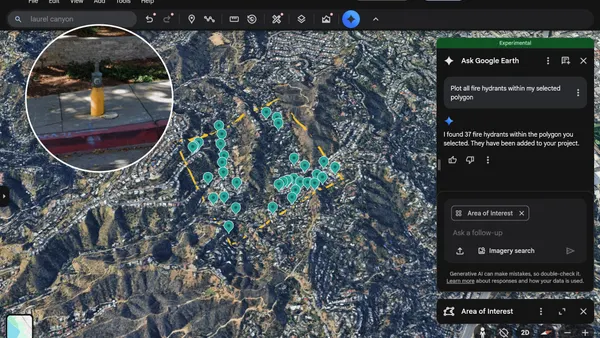Dive Brief:
- Researchers from Carnegie Mellon University and Disney Research are looking to transform walls from inactive room dividers into “active parts of our living and work environments."
- The research team used conductive, water-based paint and electrodes to create a “smart surface” called Wall++. The process uses traditional tools and is estimated to cost $20 per square meter. In capacitive sensing mode, the wall can be used as a touchpad to replace traditional buttons and switches. In electromagnetic sensing mode, the wall’s electrodes use electromagnetic transmissions to find devices.
- The team’s research earned Best Paper at the 2018 Conference on Human Factors in Computing Systems in Montreal.
Dive Insight:
Wall++ is still in its infancy, but if it moves forward, the technology could be used for things like placing wall switches in different locations, automatically adjusting light levels when the TV is turned on, tracking the status of devices in other rooms, or playing video games with gestures, according to R&D magazine.
Smart walls of varying types and complexity have become common in schools and offices for a number of years, in the form of high-tech, interactive whiteboards. The next generation of teaching tools includes LCD monitors that connect wirelessly to handheld devices.
Like Wall++, future innovations are touching nearly every aspect of home lives, from mood-changing lighting to sleep-monitoring beds, and those technologies are getting increasingly seamless, customizable, and integrated. Already, voice command is becoming ubiquitous, allowing homeowners hands-free control of lights, entryways, entertainment, and much more. At the Consumer Electronics Show (CES) this year, Kohler unveiled Kohler Konnect, which allows users to fill their tub, adjust the mirror’s lighting and flush the toilet, among other tasks. And because of their long lifespan and small footprint, LED lights are often an imbedded part of the fixture or the building element itself.
One company is combining many of these options to create safer spaces for aging homeowners, such as movement sensors that alert caregivers if a resident has left home, voice-activated lights, and medication memory prompts.
The demand is certainly there: As of last year, 1 in 10 homes in the U.S., U.K., and Australia had smart-home products, and the worldwide market for smart building is expected to grow from $5.73 billion in 2016 to $27.43 billion by 2021.










